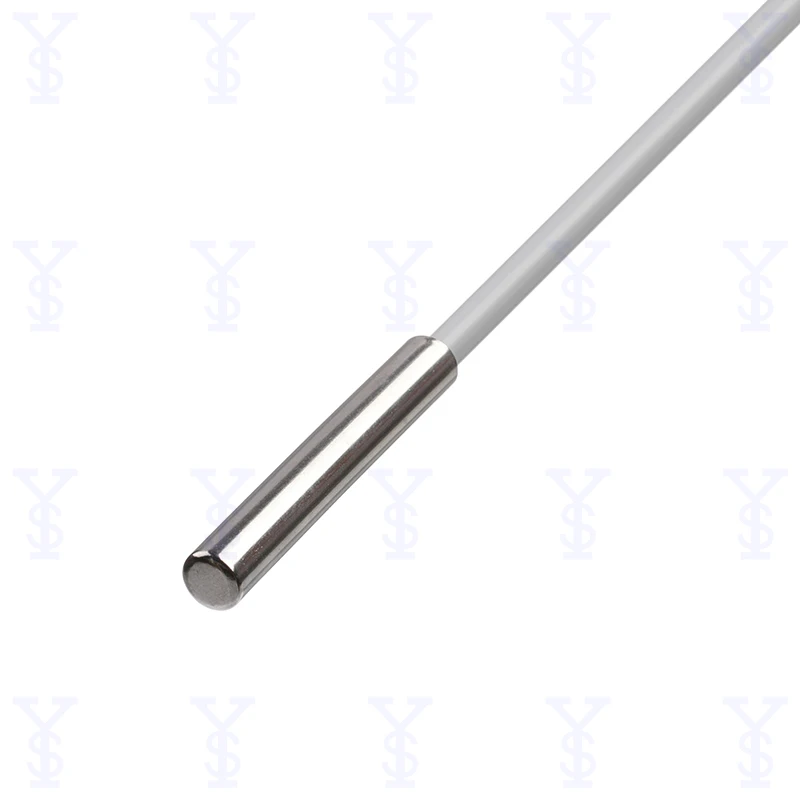Forma electronica erroris
emailCannotEmpty
emailDoesExist
pwdLetterLimtTip
inconsistentPwd
pwdLetterLimtTip
inconsistentPwd


Choosing the Right Temperature Sensor for Medical Ventilators: Key Considerations
Temperature sensors play a critical role in medical ventilators, ensuring accurate and reliable temperature measurements for patient safety and comfort. Selecting the right temperature sensor is crucial to ensure optimal performance and precise control of ventilation parameters. In this blog, we will discuss the key considerations when choosing a temperature sensor for medical ventilators.
Accuracy and Precision:
Accuracy is paramount when it comes to temperature measurement in medical ventilators. The temperature sensor should provide precise and reliable readings within a narrow tolerance range. Look for sensors with high accuracy and low measurement uncertainty to ensure that the ventilator can maintain the desired temperature levels for patient care.
Response Time:
The response time of the temperature sensor is crucial in medical ventilators, as it directly affects the system’s ability to detect and respond to temperature changes promptly. A fast response time ensures that the ventilator can quickly adjust ventilation parameters to maintain the desired temperature, preventing discomfort or harm to the patient.
Stability and Longevity:
Temperature sensors in medical ventilators should exhibit long-term stability to maintain accurate measurements over extended periods. Look for sensors with excellent long-term stability and minimal drift to ensure consistent and reliable temperature monitoring throughout the ventilator’s lifespan. Additionally, consider the sensor’s durability and resistance to environmental factors such as humidity and vibration.
Size and Form Factor:
Medical ventilators often have limited space, so the size and form factor of the temperature sensor are crucial considerations. Choose sensors that are compact and can be easily integrated into the ventilator’s design without obstructing other components or impeding airflow. Miniature sensors or those with flexible mounting options can be particularly advantageous in space-constrained environments.
Compatibility and Interface:
Ensure that the temperature sensor is compatible with the ventilator’s control system and interface requirements. Consider the communication protocol and electrical interface needed for seamless integration. Compatibility with industry-standard interfaces, such as I2C or SPI, can simplify the integration process and facilitate data exchange between the sensor and the ventilator’s control unit.
Sterilization and Cleaning:
Medical ventilators require frequent cleaning and sterilization to maintain a hygienic environment. Choose temperature sensors that can withstand the cleaning and sterilization processes without compromising accuracy or performance. Sensors with robust construction and suitable materials, such as stainless steel or medical-grade plastics, are ideal for these applications.
Regulatory Compliance:
Ensure that the temperature sensor complies with relevant medical device regulations and standards, such as ISO 13485 and FDA guidelines. Choosing sensors from reputable manufacturers with a proven track record in the medical industry can provide assurance of compliance and adherence to quality standards.
Conclusion:
Selecting the right temperature sensor for medical ventilators is crucial for accurate temperature monitoring and control, ensuring patient safety and comfort. Consider factors such as accuracy, response time, stability, size, compatibility, sterilization capabilities, and regulatory compliance when choosing a temperature sensor. By carefully evaluating these considerations, healthcare providers can ensure optimal performance and reliable temperature measurements in medical ventilators, ultimately enhancing patient care and outcomes.

